Wondering what to do in Svalbard without missing out on the best adventures? This Arctic archipelago, home to the northernmost town Longyearbyen, offers endless thrilling activities all year round.
I’ll highlight eight amazing experiences—from chasing northern lights and polar bears to exploring glaciers—that make planning your 2025 trip simple. Keep reading for a full guide packed with tips you’ll need before you pack those bags.
Key Takeaways
Svalbard offers distinct seasonal activities—winter (October to February) features exciting dog sled rides and stunning northern lights, while summer brings 24-hour daylight ideal for spotting wildlife.
With about 3,000 polar bears living around the islands compared to just 2,100 residents, wildlife safaris remain a popular attraction along with glacier hikes, ice cave tours, and chasing the auroras.
Longyearbyen acts as the main base for Arctic adventures, hosting the Svalbard Museum (rated 4.4 out of 5 stars) and securing the Global Seed Vault, home to more than 1.3 million seed varieties from around the globe.
Highly-rated dog sledding adventures (visitor-rated 4.9 out of 5 stars) head out to the East Coast, and the Gruve 3 mining tour (4.81 out of 5 stars) reveals fascinating stories from Svalbard’s coal mining past stretching back a full century.
Pack carefully for Svalbard adventures—bring waterproof jackets and pants, warm wool underlayers, insulated boots, and spare batteries, since freezing temperatures drain battery power swiftly.
Table of Contents
Best Time to Visit Svalbard
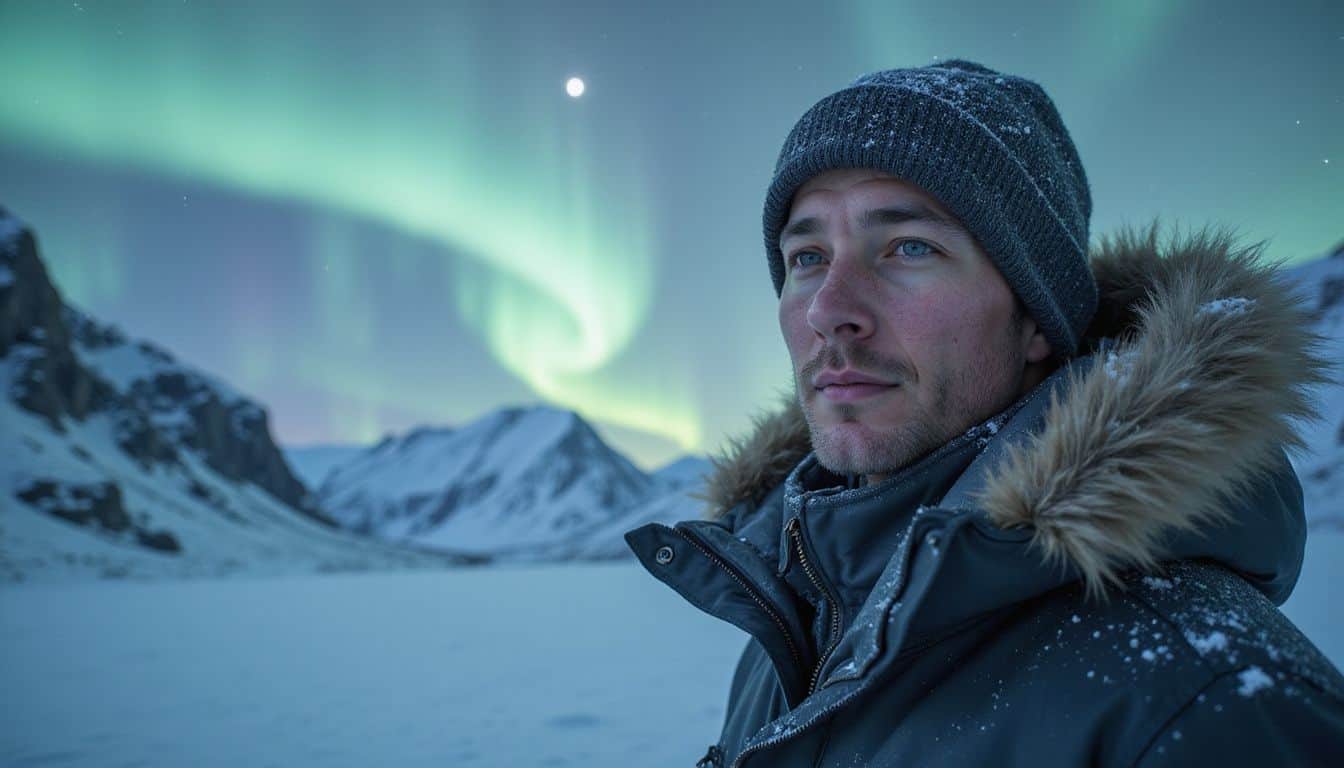
Svalbard offers unique experiences in every season, with winter bringing polar nights and northern lights while summer delivers the midnight sun and easier wildlife spotting. Your choice depends on what Arctic wonders you want to see – dog sledding through snow-covered landscapes or kayaking next to glaciers under 24-hour daylight.
Winter Activities
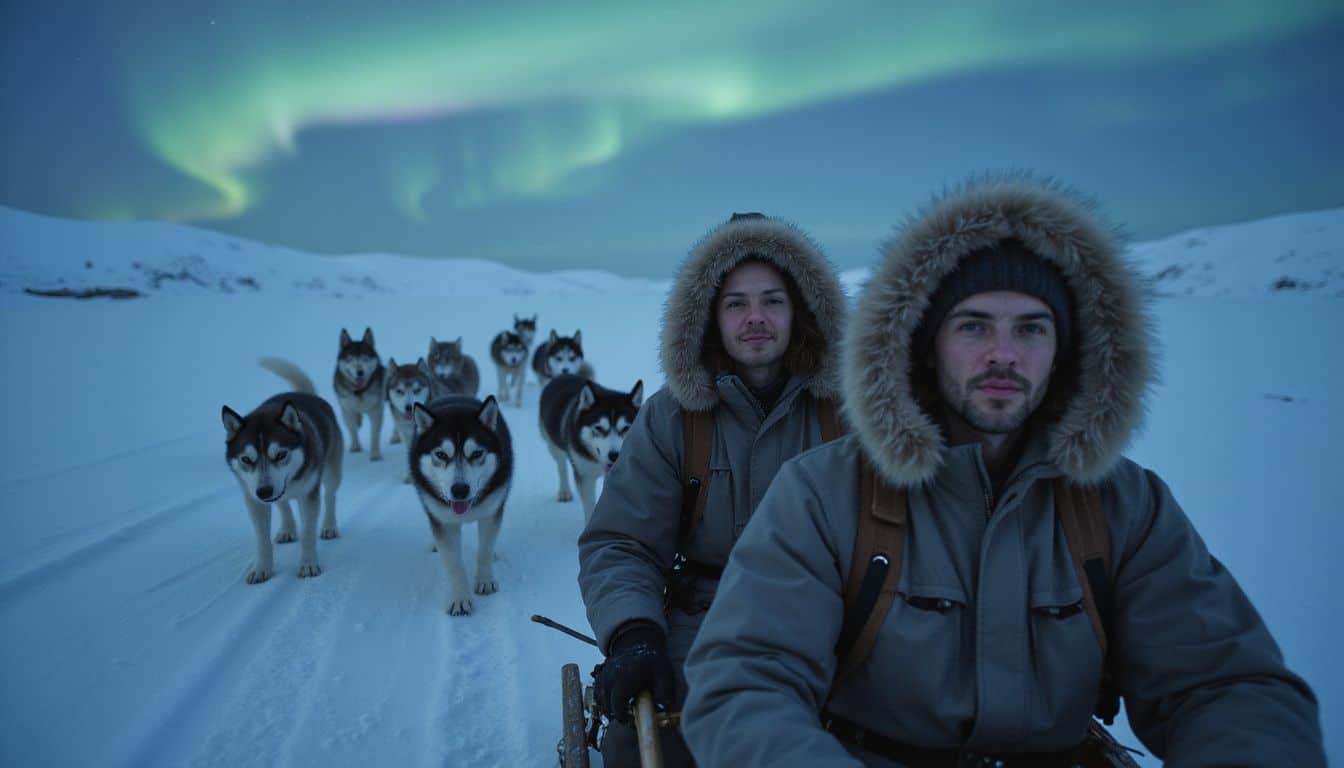
From October to February, Svalbard transforms into an enchanting icy paradise. The polar night settles over the Arctic, plunging the landscape into months of darkness—perfect for seeing northern lights shimmer in the sky.
For an exciting way to explore the snowy scenery, try a dog-sledding tour. These adventures can range up to six days, taking you along the island’s striking East Coast. Travelers consistently give these tours near-perfect scores (4.9 out of 5), praising the authentic experience of guiding sled dogs across frozen terrain.
Snowmobiling is another favorite way visitors explore the archipelago. Zip across wide-open snowfields, head out on day-long journeys toward huge glaciers, or book a safari lasting several days to venture deeper into the Arctic wilderness.
Total darkness from November to January may seem intimidating—but it sets the ideal stage for chasing the northern lights. Many guided Svalbard tours also stop at incredible ice caves, offering a fascinating close-up of nature’s frozen sculptures.
At winter’s peak, Svalbard reveals its true character – raw, beautiful, and utterly unforgettable.
Summer Adventures
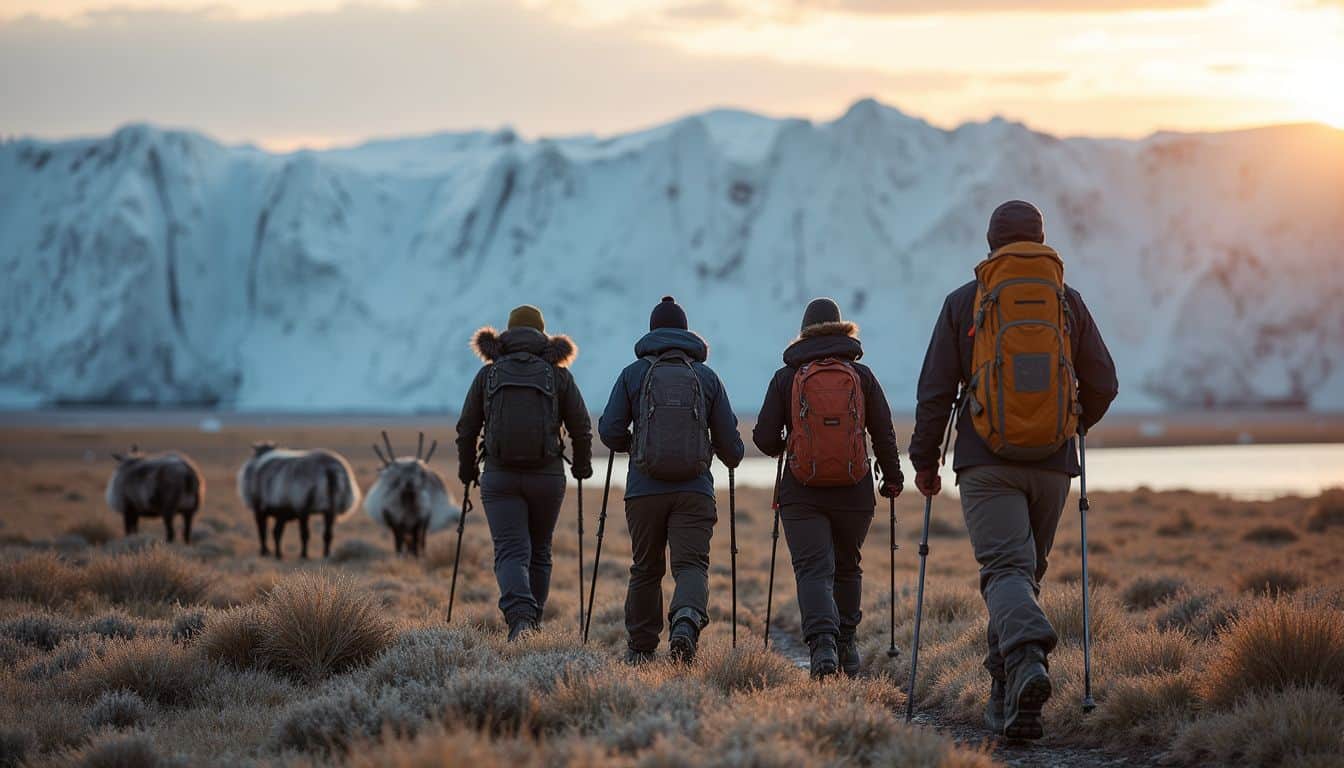
Summer in Svalbard means endless daylight—24 full hours, running from mid-April to mid-August. This unique midnight sun creates ideal wildlife-viewing conditions throughout the islands.
I spent relaxing days following reindeer across lush green valleys and observing Arctic foxes darting swiftly between rocky hideouts. Weather here remains chilly, ranging between 35°F and 45°F, so even in July, packing extra layers is a good idea.
Boat tours provide your best shot at spotting lounging walruses chilling out on drifting ice floes or whales leaping in open waters. Visitors often join guided hikes through breathtaking Arctic terrain and climb massive glaciers shimmering against the constant sunlight.
Endless daylight also means adventures can start any time—no need to stress about sunset or darkness.
Longyearbyen is the central hub for summer adventures heading out into Svalbard’s remote wilderness. Most tours depart from this cozy town and head to isolated destinations like Nordaustlandet and Edgeøya, places rarely stepped foot upon by humans.
At the Svalbard Museum, you’ll get helpful background info on local animals before seeing them up close. Boat operators in Isfjord know exactly where to spot playful seals splashing around in the water.
Now, let’s check out some best activities for your summer trip to Svalbard.
Top Things to Do in Svalbard
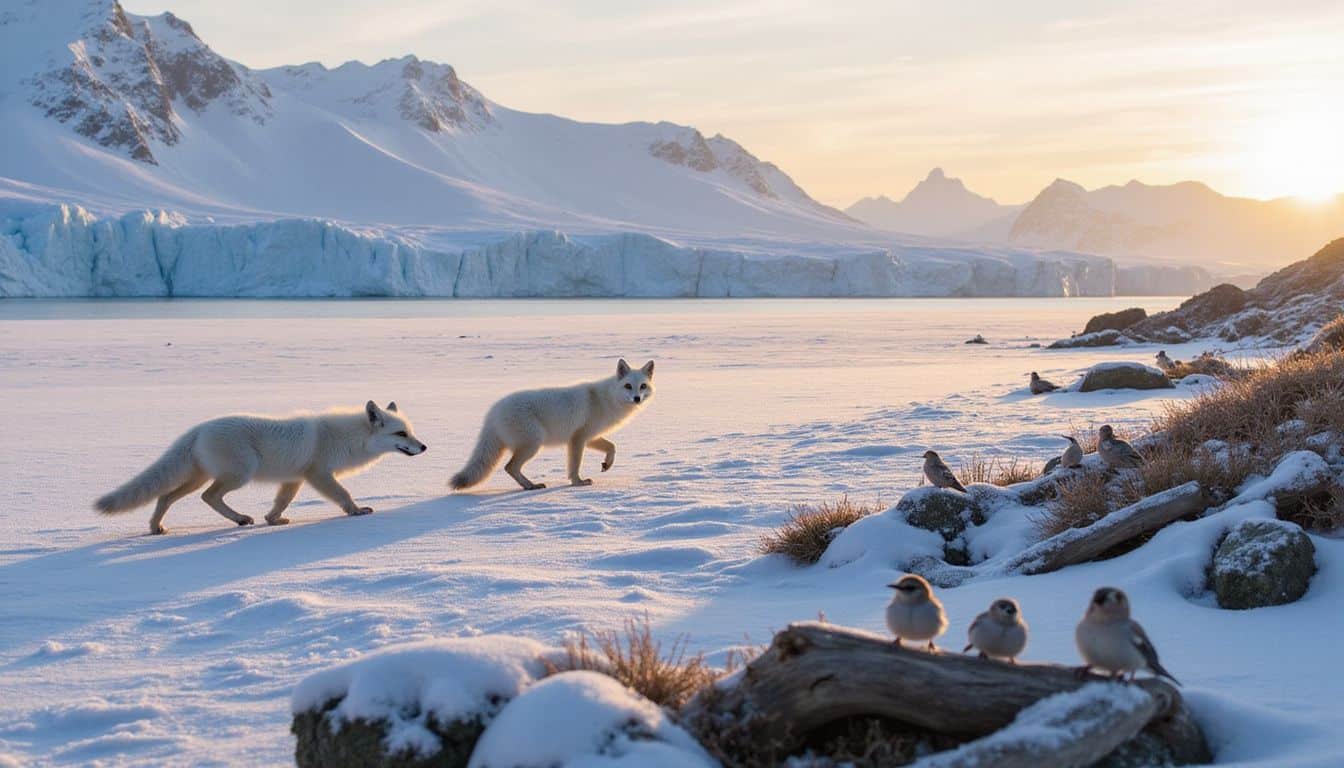
Svalbard offers wild adventures you won’t find anywhere else on Earth. From racing across frozen landscapes on dog sleds to spotting polar bears in their natural home, these Arctic activities will make your 2025 trip unforgettable.
Go on a dog sledding tour
Dog sledding is the ultimate Arctic adventure in Svalbard. Arctic Husky Travelers runs a thrilling 6-day sledding trip to the East Coast, rated an impressive 4.9 out of 5 by 29 past visitors.
You’ll travel in a cozy group of just six people, gliding smoothly over the Arctic terrain behind a team of energetic huskies. Travelers aged 16 to 99 can take part in this tour, making it an ideal choice for nearly anyone visiting the archipelago.
Mushing through the pristine snow with only the sound of paws and runners is the purest way to experience the Arctic.
You’ll journey through breathtaking scenery, keeping your eyes open for Arctic wildlife in their natural habitat. Along the way, the guides will share interesting stories about Longyearbyen’s history and how dog sledding became such an essential part of local life.
It’s an active adventure offering a taste of real Arctic exploration—and you’ll come away with lasting memories far better than typical souvenirs from Spitsbergen.
Experience Arctic wildlife
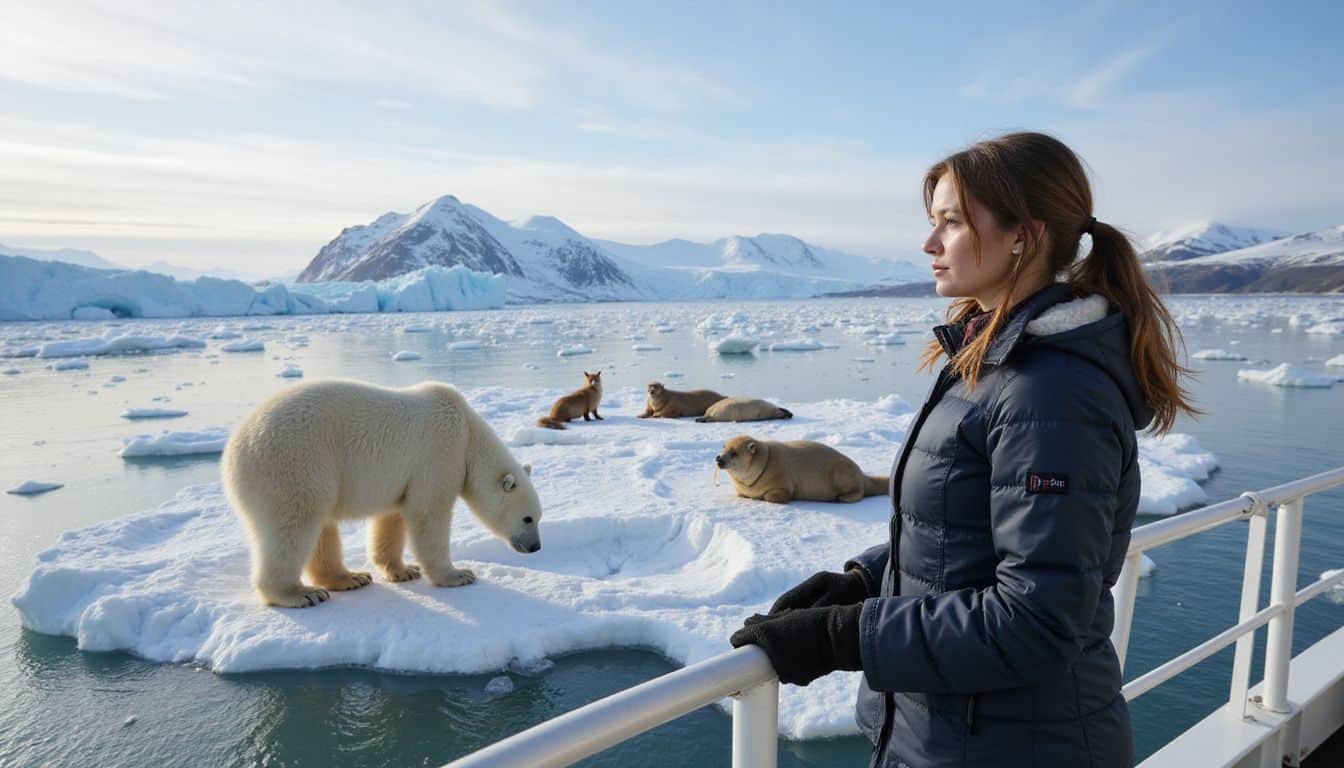
Svalbard gives travelers an incredible chance to observe Arctic wildlife close-up, in their natural setting. Around 3,000 polar bears wander the islands freely, compared to just 2,100 human residents—that’s more bears than people.
Your best chance to spot these huge white predators is on multi-day cruises during the summer months. Beyond the bears, the Arctic scenery hosts plenty of other fascinating wildlife too.
You might see Arctic foxes darting across wide-open tundra, or walruses resting lazily on floating ice. Some lucky folks even spot narwhals or watch beluga whales gliding beneath chilly waves.
Numerous hiking trails wind across the islands of the Svalbard archipelago. These paths offer great spots to watch wild reindeer grazing or glimpse the sneaky hunting tactics of Arctic foxes.
Boat excursions set out from Longyearbyen and sail into beautiful fjords rich with sea life. Marine mammals regularly surface in these waters, offering unforgettable sights. The Svalbard Treaty protects these islands, securing a safe natural habitat for wildlife.
Local guides always carry rifles as a precaution—but never for hunting. They use the weapons only in rare, urgent situations for visitor protection, maintaining proper distance and respect toward wildlife.
This careful approach keeps visitors safe and wildlife undisturbed.
Chase the northern lights
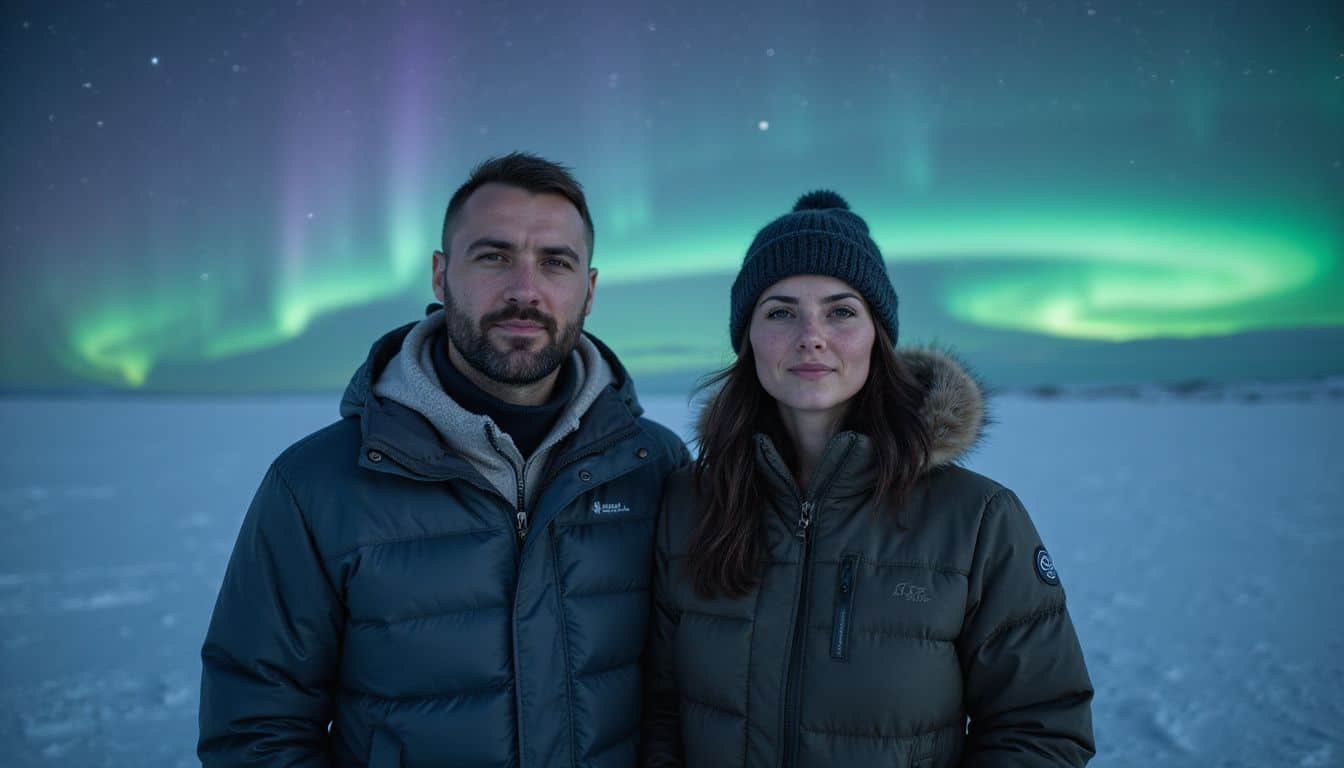
From October 1 to February 28, the Arctic sky over Svalbard puts on a magical display. This isolated island is the only place on Earth where the Northern Lights shine all day during polar night.
Last winter, I spent three unforgettable nights watching glowing waves of green and purple dance vividly across the darkened sky. My favorite memories came from Camp Barentz—I savored steaming bowls of hot reindeer stew while our guide told fascinating stories about these glowing lights.
Compared to Finland, Svalbard gives you one-of-a-kind views of the auroras in total darkness—even at midday.
Visitors often book guided photography safaris to snap vibrant pictures of the aurora. Guides take groups far from Longyearbyen’s bright lights, ensuring clear, open views of the sky.
They also help set up your camera perfectly to capture the vibrant colors. The icy scenery creates a spectacular setting behind the waves of colorful lights. Experts at Isfjord Radio recommend packing extra camera batteries, since the biting cold drains power unexpectedly fast.
Most area hotels offer quick wake-up calls if the aurora appears, so you won’t miss this incredible sight.
Join an Arctic boat tour
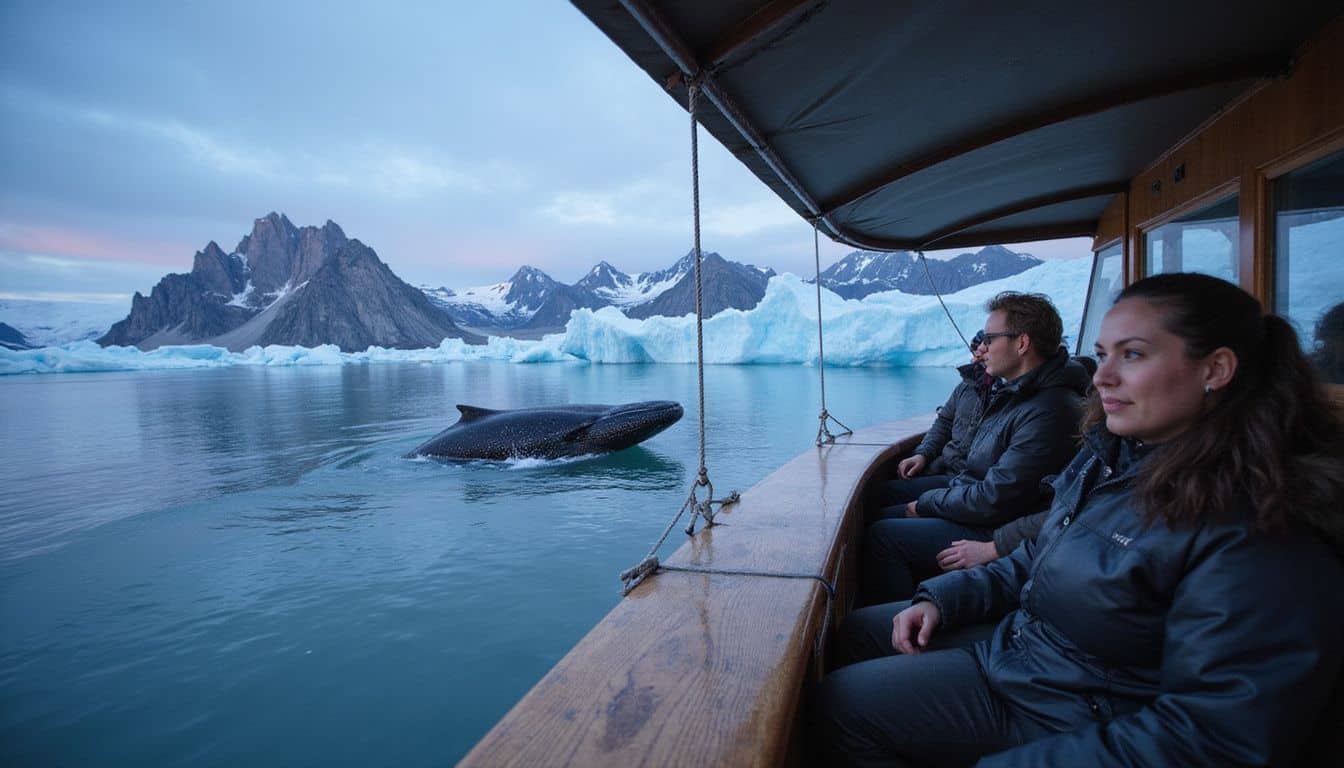
After you’ve chased the northern lights through dark skies, why not hop onto a boat tour for another stunning view of Svalbard’s beauty? Arctic boat trips run regularly, from early spring to late November—plenty of time to check out some amazing sights.
With 29 unique options available, picking a tour that matches your interests is easy. Lots of travelers go for the Glacier Safari to see enormous ice walls up close, or they book the Northern Lights Dinner Cruise to enjoy a tasty meal under shimmering skies.
Boat tours also get you to wildlife spots unreachable by land. Safaris to see walruses and whales will transport you right to these animals’ favorite areas. The boats are specially built to handle cold Arctic waters, staffed by guides who know exactly where to look.
Trips run anywhere from a few hours up to an entire day, depending on your schedule and interests. Basic tours start at around $100, but longer trips that include meals will cost you more.
Snowmobile to a glacier
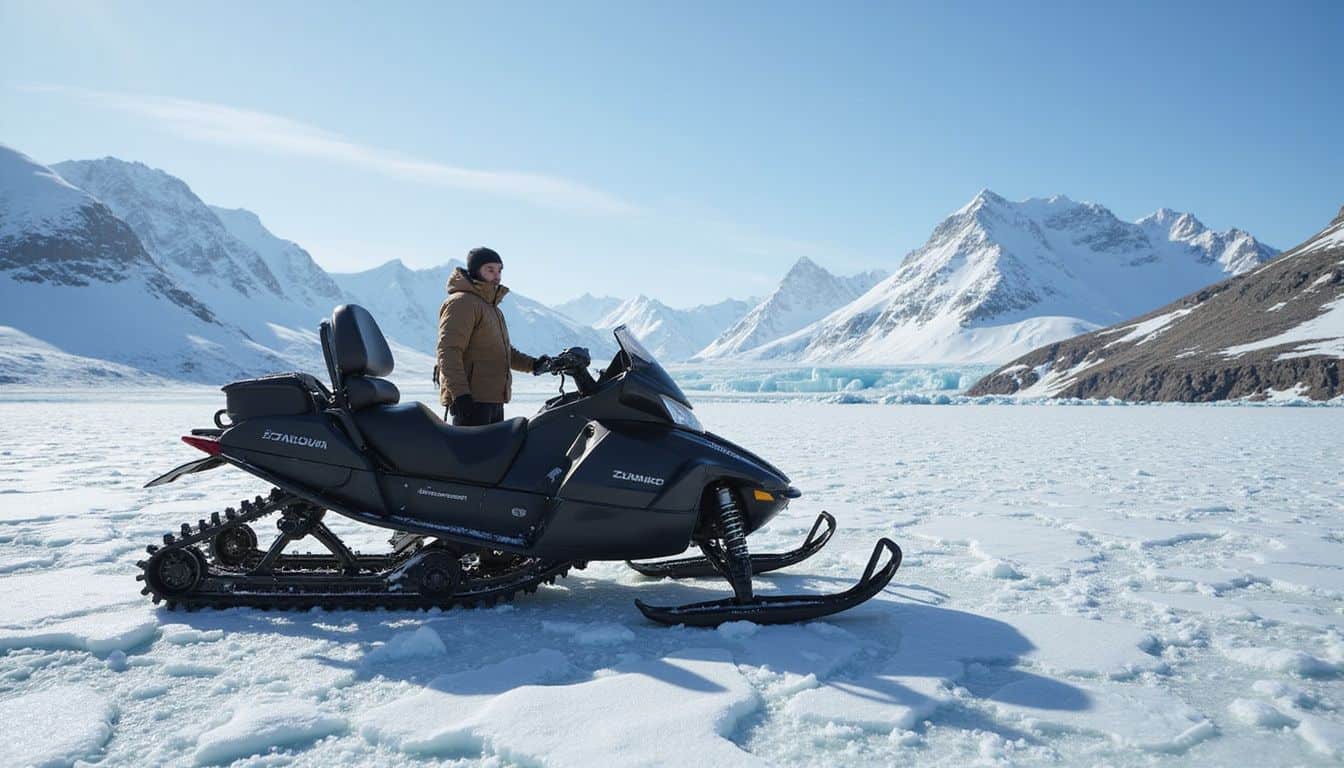
Hop onto a snowmobile and speed across the Arctic wilderness for an exhilarating glacier adventure in Svalbard. Tour providers offer full-day trips to massive glaciers, with difficulty levels ranging from easy-going rides (Level 2) to challenging terrain options (Level 4).
You’ll zoom through snowy valleys, glide past frozen fjords, and finally arrive at these ancient ice structures. Quick and easy glacier access makes this adventure one of Svalbard’s most popular attractions.
In Longyearbyen, several eco-conscious tour operators offer full-day packages including meals, necessary gear, and experienced guides. While exploring the spectacular blue ice, your guide will share stories about the glacier’s formation and history.
Many tours pause at scenic viewpoints, showing off epic vistas of the expansive Arctic Circle stretching endlessly into the distance. For guys looking for action-packed excitement combined with breathtaking scenery—without overly intense physical demands—this adventure checks all the boxes.
Explore ice caves
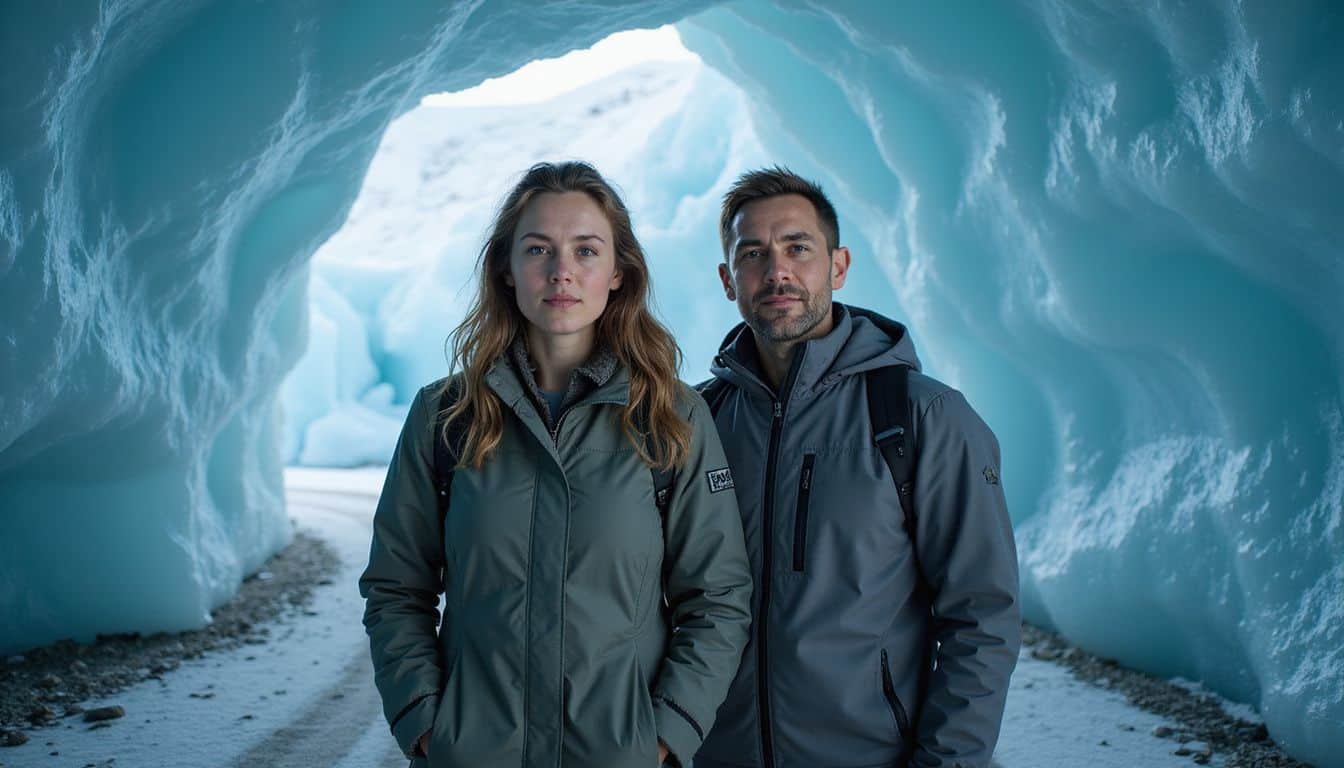
After speeding over glaciers by snowmobile, Svalbard offers another icy adventure—exploring magical ice caves. These caves open up nature’s hidden art gallery, created as glaciers slowly melt, forming spaces with stunning blue ice walls and sparkling crystal sculptures.
Tour providers offer several adventure options, catering to different fitness abilities. “Winter Hike with Visit in Ice Cave” guides you gently on foot. For more guided help, try “Ice Adventure by Spitzbergen Adventures”, or ride comfortably to distant caves with the “Ice Cave Exploration by Snowcat” tour.
Inside these frozen rooms, the Arctic scenery quietly reveals its hidden beauty—walls softly glowing blue in darkness and ice sculptures shaped over hundreds of years.
Standing inside a Svalbard ice cave is like entering nature’s cathedral – a place where time freezes and beauty flows.
Visit the Svalbard Global Seed Vault
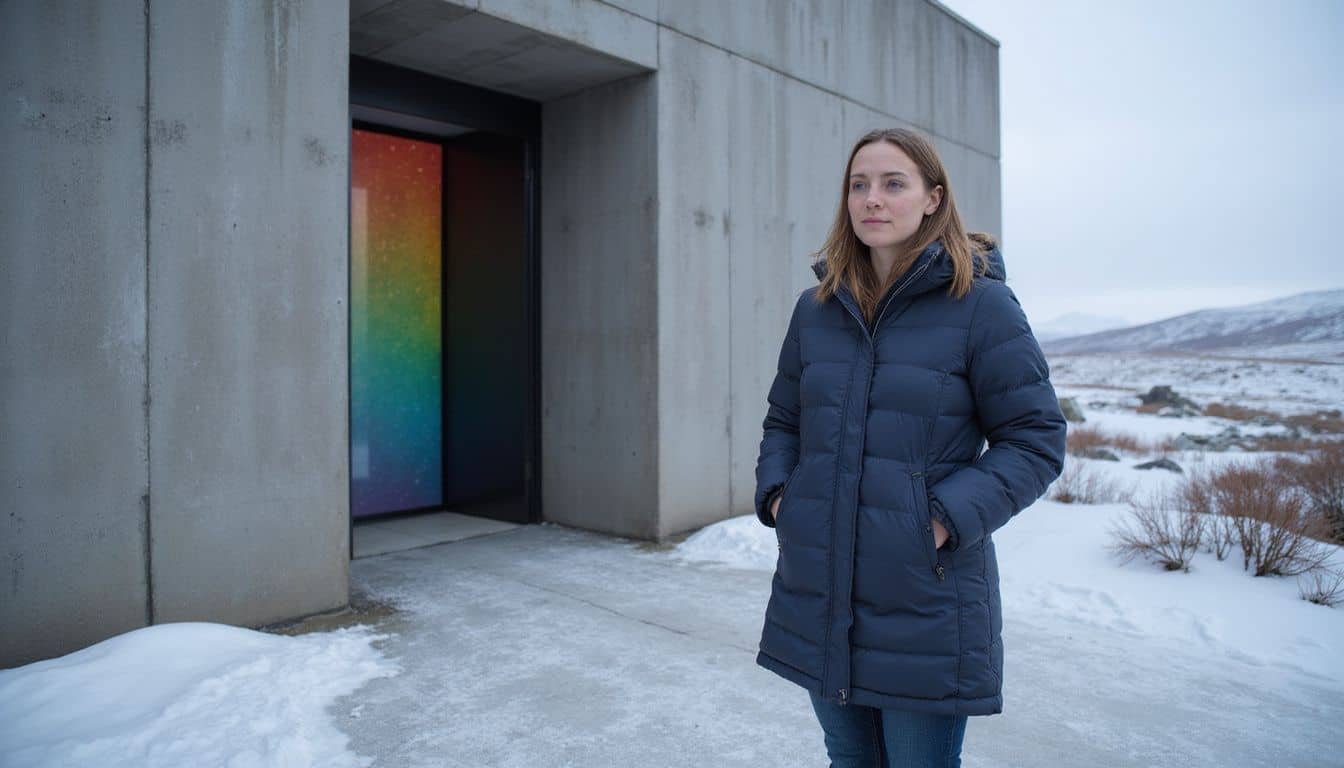
The Svalbard Global Seed Vault is humanity’s ultimate backup plan for protecting crops. Located near Longyearbyen, this icy fortress holds over 1.3 million seed samples collected from nearly every country around the globe.
Last winter, I hiked the snowy path to its entrance and felt tiny beside its angular concrete structure rising from the Arctic landscape. Inside, the temperature stays at a constant -18°C, thanks to the natural permafrost—this means seeds stay safe even without electricity.
The Norwegian Ministry of Agriculture runs this important project, working closely with NordGen and the Crop Trust. In 2020, the vault reached a significant milestone, receiving its first deposit of Indigenous seeds.
This step highlights its expanding role in protecting global food diversity.
Visitors can’t enter the actual seed storage areas, but the dramatic entrance—with its stunning, award-winning light installation—still makes for great photographs. To protect it from climate change and rising waters, the vault stands safely above sea level.
Tourists frequently come here because it shows clearly how Svalbard contributes to global food safety. After checking out this seed storage fortress, you might like to wander around Svalbard’s historic mining towns—fascinating places where human stories blend with the rugged northern environment.
Discover Svalbard’s mining history
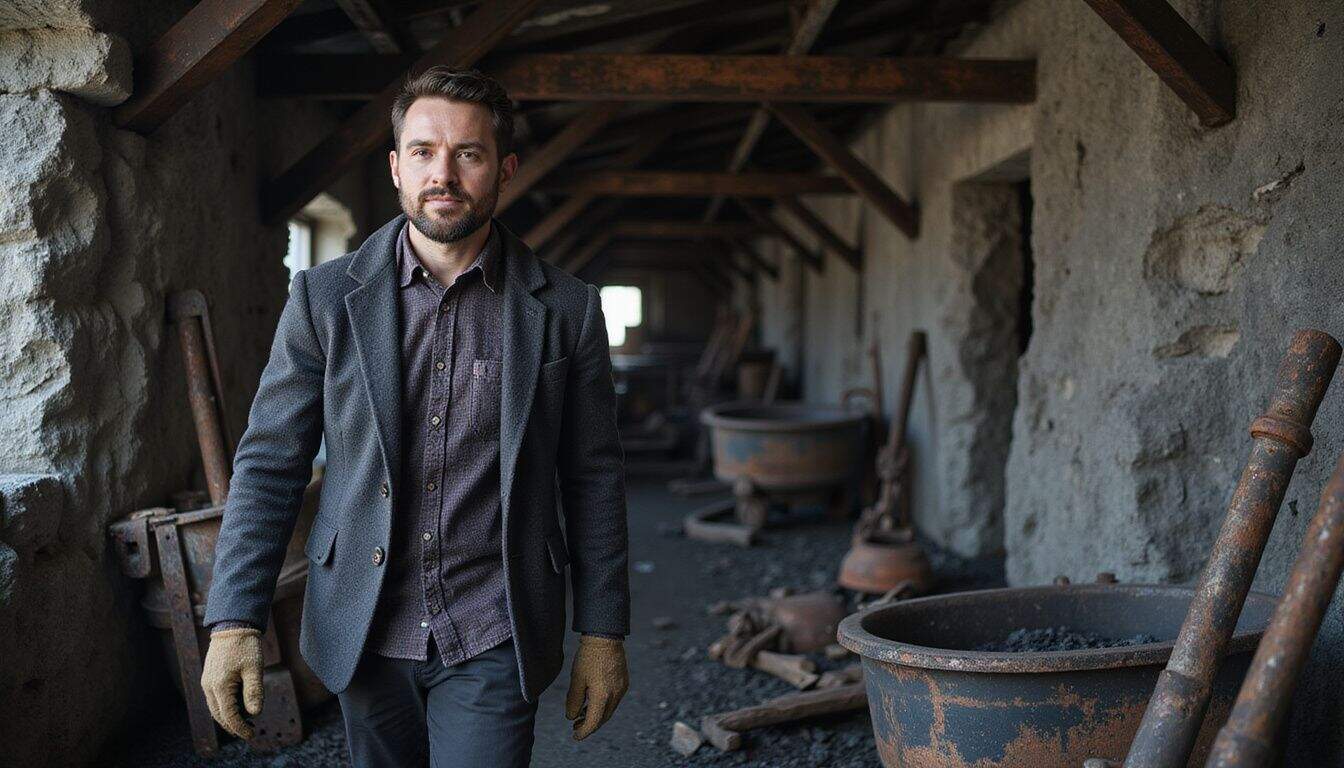
The Seed Vault might protect plants for our future—but Svalbard also has a rich human past, hidden in its coal-mining history. Coal mining defined Longyearbyen and nearby islands for over 100 years.
Men visiting Svalbard can experience this history firsthand at Gruve 3, an old coal mine that shows the tough daily lives miners lived in the harsh Arctic conditions. Rated an impressive 4.81 out of 5 stars by 243 visitors, Gruve 3 stands out as one of Svalbard’s most popular attractions.
This mining tour fills up quickly, with up to six bookings happening in just one day. You’ll wander through abandoned tunnels, examine original mining gear, and hear stories about miners’ struggles in freezing weather as they dug for coal—known then as “black gold“.
Longyearbyen’s past comes vividly alive through guides who share human stories of survival and strength. Visitors often rate this tour among their favorite memories in Norway because it brings them closer to the toughness and spirit of people who settled in this remote Arctic place.
Exploring Longyearbyen

Longyearbyen offers more than just a gateway to Arctic adventures – it’s a charming town with its own stories to tell. You can spend a full day walking its colorful streets, popping into Huset Svalbard for a meal, and learning about life at the edge of the world.
Visit the Svalbard Museum
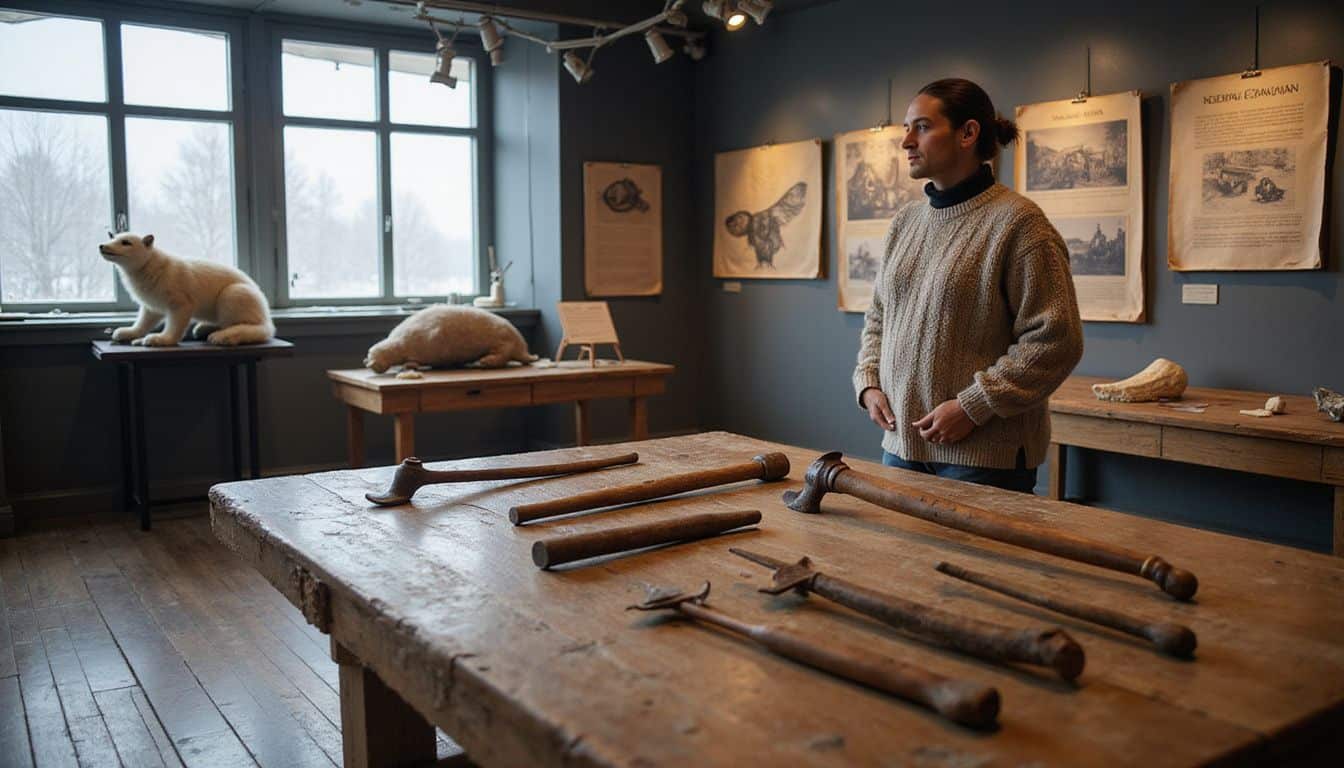 Svalbard Museum is a must-visit for anyone curious about this incredible Arctic frontier. Inside, you’ll discover fascinating displays covering Svalbard’s unique history, diverse wildlife, and even the serious effects of climate change.
Svalbard Museum is a must-visit for anyone curious about this incredible Arctic frontier. Inside, you’ll discover fascinating displays covering Svalbard’s unique history, diverse wildlife, and even the serious effects of climate change.
Around 1,400 visitors have rated the museum an impressive 4.4 out of 5 stars—clearly, people love this place. Open every day from 9:00 AM until 5:00 PM, it’s easy to squeeze into your schedule.
Admission is affordable, ranging from 100 to 150 Norwegian Krona, making it well worth your money. I spent hours last year exploring old mining tools and striking photographs that showed Longyearbyen in its earliest years.
Staff members are friendly, knowledgeable, and always ready to share interesting details about the islands’ past. After your museum visit, stop by a local art gallery nearby—where talented artists beautifully capture the cold, rugged charm of this Arctic paradise.
Check out local art galleries

Once you’ve finished your visit to the Svalbard Museum, consider stopping by Art Hall Svalbard in Longyearbyen. This remarkable gallery sits farther north than any other art center worldwide.
Inside you’ll find paintings, photographs, sculptures, and mixed-media creations—all inspired by Arctic life. Many works vividly capture the rugged beauty of the islands and ghost towns like Pyramiden and Barentsburg.
Tourism growth in recent years has helped local artists thrive. Today, galleries and artists adopt eco-friendly methods in their creative spaces. I spent a chilly winter afternoon exploring the gallery and discovered art depicting wildlife and mining traditions unique to this remote place.
Prices range widely, from budget-friendly small prints to major pieces sought by dedicated collectors. Most galleries remain open throughout the year, despite months of polar darkness and the endless daylight of summer.
Enjoy Arctic cuisine at local restaurants

Longyearbyen offers 14 dining spots, perfect for a tasty pause after outdoor adventures. Local chefs cook up classic dishes like Svalbard Ptarmigan and Arctic Cod. Served alongside Coal Mine Beer, these dishes capture the true flavor of the Arctic.
Many eateries use fresh ingredients, caught or harvested locally. You can even try gourmet Mexican dishes at Tio Moncho’s food truck—an unusual pairing of Arctic produce and spicy flavors.
For something extra special, sip on Ny-lesund Cognac. This unique drink is made from pure iceberg water, making it one-of-a-kind on the planet. Eating out in Svalbard isn’t just about good food—it’s tasting pieces of local history with each bite.
Restaurants in Longyearbyen range widely, from cozy cafés to stylish dining experiences, featuring views of snowy mountain peaks. Next, we’ll go over easy ways to move around Longyearbyen during your visit.
Practical Tips for Visiting Svalbard
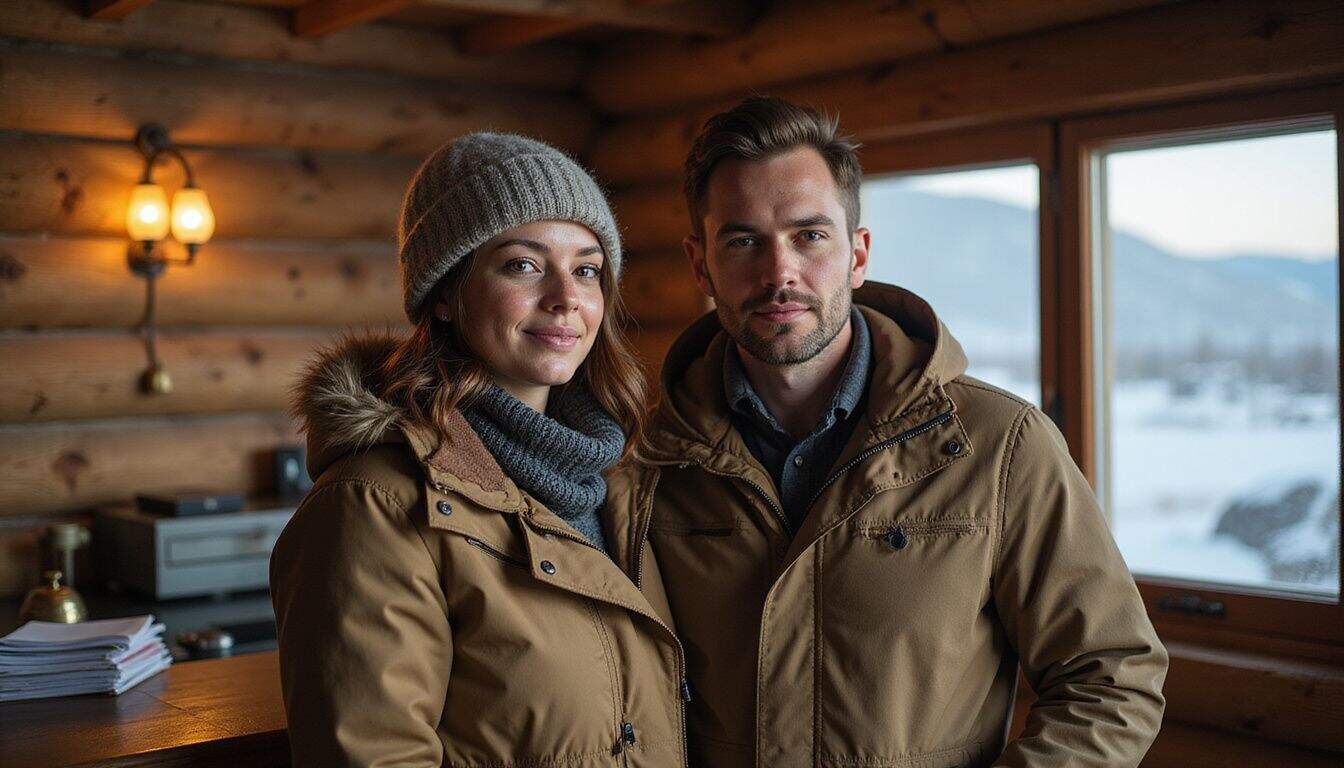
Planning your trip to Svalbard needs some smart prep work to make the most of this Arctic gem. From booking flights to packing the right gear, these tips will help you enjoy your Svalbard trip without stress or surprises.
How to get to Svalbard

Traveling to Svalbard is simpler than most folks realize. From Oslo, flights reach the town of Longyearbyen in around 3 hours. Already hanging out in northern Norway? Just hop on a quick flight from Tromsø, and you’ll touchdown in about an hour.
Norwegian Airlines runs weekly flights year-round, which makes arranging your adventure pretty easy. SAS offers multiple flights per week too, including direct options from Oslo during peak travel periods.
I flew there myself last winter—the views of the Arctic Ocean below made the flight worthwhile all on their own.
The Svalbard islands lie far north of Norway’s mainland, but thanks to modern air routes, they’re now easy to reach. Most planes land at Longyearbyen Airport, the main gateway for visitors exploring the islands.
Boats aren’t necessary either—unless you’re eager for the longer, scenic route. Be sure to pack wisely for the climate; the weather near the North Pole requires proper clothing and gear at any time of year.
Getting around Longyearbyen
Getting around Longyearbyen is simple and stress-free. The Arctic town center stays compact enough for easy walking, so visiting spots like the Svalbard Museum or grabbing a bite at local eateries is convenient.
For adventures beyond town, local guides offer ATV safaris—these let you safely explore the rocky landscapes and stunning wilderness nearby. Or, try dog sledding tours, which provide an authentic Arctic travel experience and a chance to connect closely with friendly sled dogs.
Hotels such as Svalbard Hotell often help guests arrange transportation or recommend reliable rental providers during their visit.
Your transport choice mostly depends on your trip timing and activity preferences. In colder winter months, snowmobiles dominate, helping you easily reach distant glaciers or ice caves near the far-north settlements.
Summer months open up boat tour opportunities, allowing you to cruise along the coast, spot local wildlife, and check out historic sites linked closely to Svalbard’s mining past. Since Longyearbyen stays small, you won’t have to worry about complicated systems of buses or trains found in bigger cities.
Now, let’s consider what essential items you’ll want to pack for a Svalbard trip.
Packing essentials for Svalbard
Exploring Svalbard’s Arctic landscape demands the right gear to stay warm, safe, and comfortable. Here’s what you’ll need for your trip:
- A weather-resistant backpack to shield your belongings from the region’s frequent snow, rain, and strong winds.
- Wool or synthetic base layers that draw moisture away from your skin and keep you dry.
- Fleece jackets or down vests as mid-layer clothing for extra warmth.
- Waterproof jackets and pants to block ice-cold winds and snow.
- Insulated waterproof boots, with sturdy traction, to walk safely on slippery snow and ice.
- Several pairs (at least three or four) of thick wool socks to maintain dry and cozy feet.
- Warm thermal gloves with waterproof outer shells to protect your hands outside.
- A cozy hat that fully covers your ears—plus a neck gaiter or balaclava—for shielding your face against frostbite.
- Sunglasses that provide UV protection, since reflected glare on snow can become surprisingly intense, even on cloudy days.
- Pack your swimsuit, in case you want to experience polar plunges, or simply enjoy soaking in hot tubs after outdoor adventures.
- Portable chargers for your phone and camera—the cold weather can drain batteries surprisingly quickly.
- A compact first aid kit, stocked with basic supplies and your personal medicines.
- An informative guidebook about local wildlife and Svalbard’s history, giving context and helping you enjoy the area even more.
- Binoculars to discover and safely view distant wildlife like polar bears, reindeer, and seabirds.
- A lightweight headlamp—with spare batteries—to navigate safely around Longyearbyen and during the extended darkness of winter months.
How Will Visiting Svalbard Change in 2025?
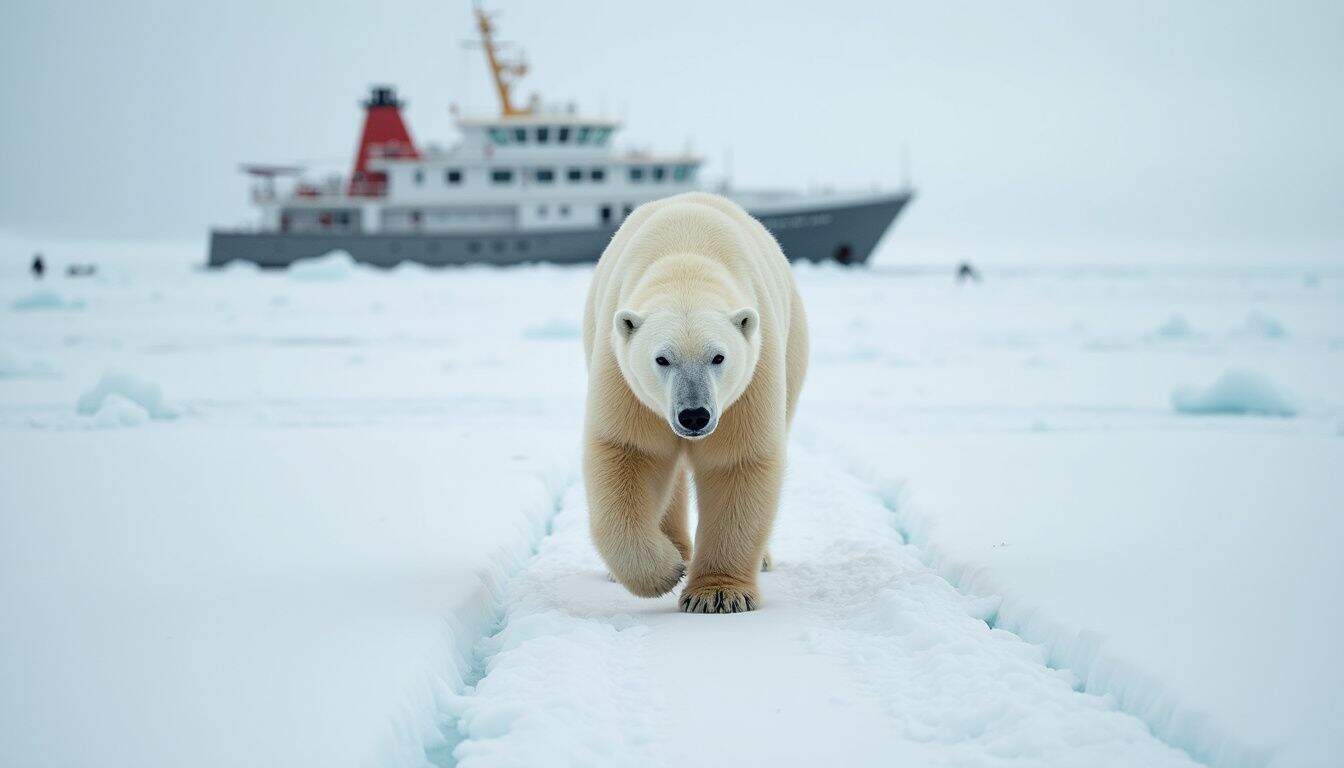
Big news for Svalbard tourism is on the horizon for 2025. Starting January 1, new rules will restrict how many travelers can visit this Arctic wonder at one time. Larger cruise ships—those carrying over 200 passengers—won’t enter national parks anymore.
Onshore visits at specific sites will limit groups to only 39 people at any moment. These regulations aim to protect the untouched beauty of Svalbard that attracts tons of visitors every year.
On my last trip to Longyearbyen, locals shared mixed opinions about these rules, but most agreed it’s necessary to preserve their home.
Safety measures around polar bear viewing will become tighter too. From July to February, ships must keep at least 300 meters away from bears. During the active season from March through June, this distance increases to 500 meters.
Last winter, near Ny-Ålesund, I got to see polar bears from a safe distance—it was truly incredible. Tourism in Svalbard will now focus on smaller groups, creating deeper, more personal connections to this special Arctic environment.
Pack some good cold-weather clothing, plan carefully—and get ready for the adventure of a lifetime, just with fewer people around.
People Also Ask
What is the history of Longyearbyen in Svalbard, Norway?
Longyearbyen sits farther north than any other town on earth. Founded in 1906, the town first grew up around coal mining—it even carries the name of an American businessman, John Munro Longyear. Over the years, it became a central hub for Arctic exploration and mining companies, despite tough living conditions in such a remote place.
Do I need a guide book when visiting Svalbard?
Yes, you’ll definitely want a reliable guide book for your trip to Svalbard. The Arctic wilderness can be risky without the right information—plus, local rules make professional guides mandatory for many outdoor adventures beyond town limits.
When did Willem Barentz discover Svalbard?
Dutch explorer Willem Barentz first spotted Svalbard back in 1596, while searching for a sea route to Asia called the Northeast Passage. His finding quickly attracted European explorers and whaling crews to the Arctic islands.
What is the typical precipitation in Svalbard compared to Trolltunga?
Svalbard actually sees very little rainfall or snowfall, averaging about 200-300mm each year—that makes it a polar desert. In contrast, Trolltunga, down in mainland Norway, gets around 1400mm annually. The extremely dry weather in Svalbard shapes its unique Arctic landscape and presents special challenges for visitors.
References
https://en.visitsvalbard.com/inspiration/various/winter-in-svalbard
https://en.visitsvalbard.com/visitor-information/seasons/sunny-winter
https://thebetterbeyond.com/svalbard-summer-guide/
https://en.visitsvalbard.com/inspiration/various/10-northern-lights-experiences-svalbard
https://en.visitsvalbard.com/things-to-do/activities/boat-trips
https://en.visitsvalbard.com/things-to-do/activities/snowmobile
https://en.visitsvalbard.com/things-to-do/activities/ice-cave-visits
https://www.croptrust.org/work/svalbard-global-seed-vault/
https://www.getyourguide.com/svalbard-l104259/
https://en.visitsvalbard.com/things-to-do
https://www.tripadvisor.com/Attractions-g503713-Activities-c49-t1-Svalbard.html
https://svalbardi.com/blogs/news/9-must-try-food-and-drink-experiences-in-svalbard
https://en.visitsvalbard.com/visitor-information/travel-information/how-to-travel-to-svalbard
https://www.quarkexpeditions.com/blog/svalbard-packing-list-for-an-epic-expedition

